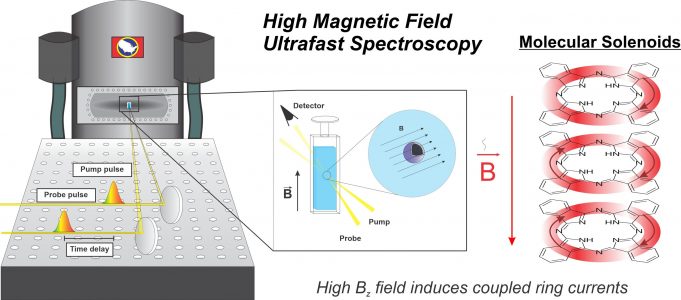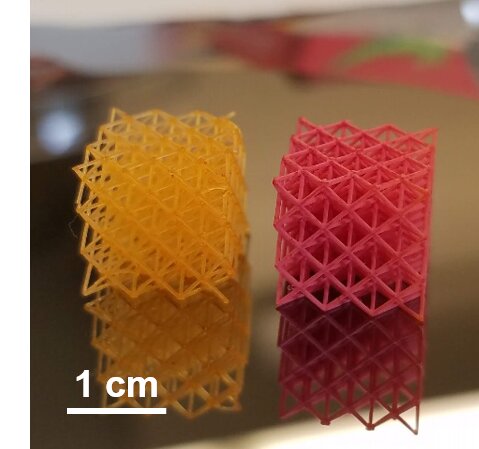At the atomic level, a glass of water and a spoonful of crystalline salt couldn't look more different. Water atoms move around freely and randomly, while salt crystals are locked in place in a lattice. But some new materials,...
Chemical engineering researchers at the University of Arkansas have developed a device that simulates the blood filtering and ion transport functions of the human kidney. The technology could transform treatment options for people in the final stage of renal...
Revolutionary 'green' types of bricks and construction materials could be made from recycled PVC, waste plant fibers or sand with the help of a remarkable new kind of rubber polymer discovered by Australian scientists.
The rubber polymer, itself made from...
Thomas Heine, professor of theoretical chemistry at TU Dresden, together with his team, first predicted a topological 2-D polymer in 2019. Only one year later, an international team led by Italian researchers was able to synthesize these materials and...
Masks, gowns, and other personal protective equipment (PPE) are essential for protecting healthcare workers. However, the textiles and materials used in such items can absorb and carry viruses and bacteria, inadvertently spreading the disease the wearer sought to contain.
When...
A research team from the Friedrich Schiller University of Jena (Germany) and Louisiana State University has clarified the molecular mechanism behind the anti-inflammatory effect of a natural product from frankincense resin. The enzyme 5-lipoxygenase plays a key role, reprogramming...
A new study from researchers at North Carolina State University suggests that a material consisting of a polymer compound embedded with bismuth trioxide particles holds tremendous potential for replacing conventional radiation shielding materials, such as lead.
The bismuth trioxide compound is lightweight,...
The Princeton University Department of Chemistry publishes research this week proving that an applied magnetic field will interact with the electronic structure of weakly-magnetic, or diamagnetic, molecules to induce a magnetic-field effect that, to their knowledge, has never before...
A typical nuclear reactor uses only a small fraction of its fuel rod to produce power before the energy-generating reaction naturally terminates. What is left behind is an assortment of radioactive elements, including unused fuel, that are disposed of...
Rutgers engineers have created a highly effective way to paint complex 3-D-printed objects, such as lightweight frames for aircraft and biomedical stents, that could save manufacturers time and money and provide new opportunities to create "smart skins" for printed...
Tar, the everyday material that seals seams in our roofs and driveways, has an unexpected and unappreciated complexity, according to an MIT research team: It might someday be useful as a raw material for a variety of high-tech devices...


















